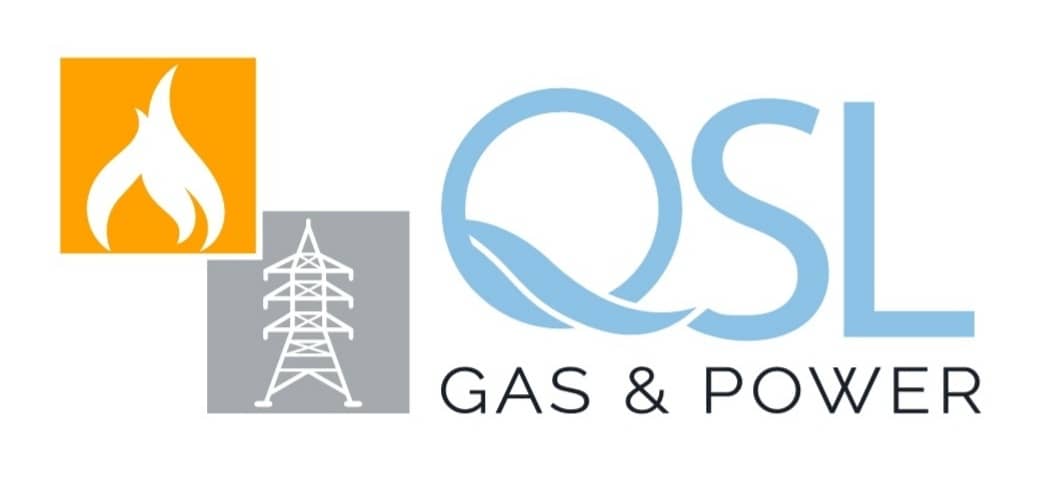Gas infrastructure development refers to the process of designing, building, and maintaining the physical infrastructure necessary for the extraction, processing, transportation, and storage of natural gas. This includes pipelines, storage facilities, compressor stations, processing plants, and other equipment needed to move natural gas from its source to the end user.
The development of gas infrastructure is essential to meeting the growing demand for natural gas around the world. In addition to providing a reliable and cost-effective source of energy, natural gas is also a cleaner alternative to other fossil fuels, making it an important component of efforts to reduce greenhouse gas emissions.
The following are some key steps involved in the gas infrastructure development process:
- Conduct Feasibility Studies: The first step in gas infrastructure development is to conduct feasibility studies to determine the viability of a project. This may involve studying the geological and environmental conditions, assessing the potential demand for gas, and identifying the most appropriate route for pipelines.
- Obtain Permits and Approvals: Once the feasibility of a project has been established, the next step is to obtain the necessary permits and approvals. This may involve obtaining environmental permits, land-use permits, and other approvals from local, state, and federal authorities.
- Design and Engineering: After obtaining permits and approvals, the next step is to design the infrastructure. This may involve working with engineers and other experts to develop detailed plans and specifications for the pipelines, storage facilities, compressor stations, and other equipment needed for the project.
- Construction: Once the design has been completed, the next step is to begin construction. This may involve working with contractors and construction crews to build the infrastructure according to the plans and specifications.
- Maintenance and Operation: After the infrastructure has been built, the final step is to maintain and operate it. This may involve conducting regular inspections, performing routine maintenance and repairs, and ensuring that the infrastructure is operated safely and efficiently.
Overall, gas infrastructure development is a complex and challenging process that requires expertise in engineering, construction, and project management. By ensuring that gas infrastructure is designed, built, and maintained to the highest standards, companies can help ensure that natural gas is delivered safely, reliably, and efficiently to consumers around the world.


